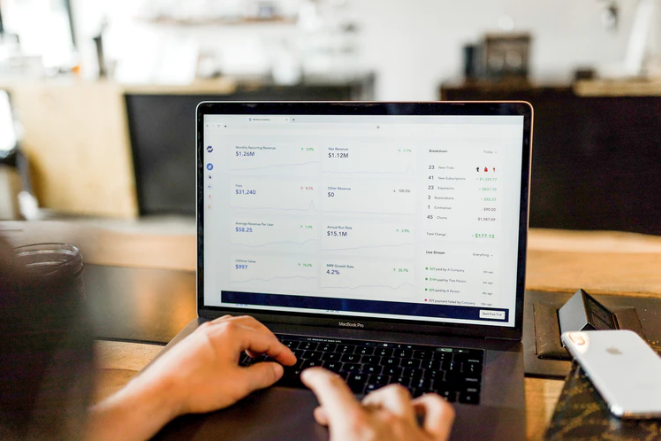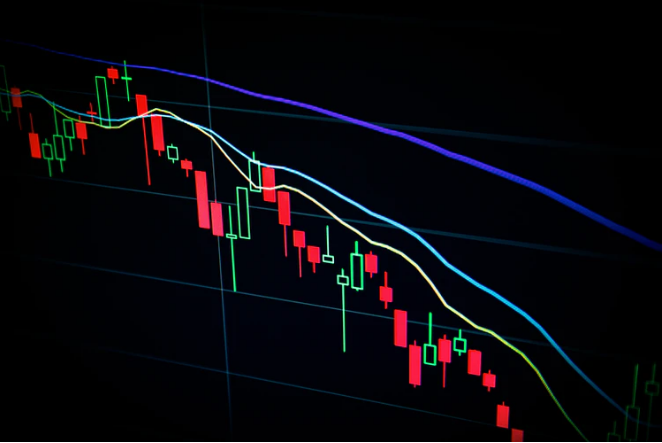Table of Contents
Starting with facts, you need to build an efficient trading model if you really want to trade Forex and have income. Below is a must-bookmark instruction on how to build a trading model (TM) by real trading experts from the forextb.com platform.
Trading Model Advantages

Integration of trading models offers multiple benefits to you:
- The rules that drive trading models are proven and can help you escape emotional decision-making.
- You can back test models on old data to ensure their viability.
- Back testing is an opportunity to take associated costs and potential profits into consideration.
- You can automate your model to instantly receive important alerts and notifications. Automatic tracking allows you to keep an eye on multiple positions.
Building Your Own Trading Model

If you already understand how and why the prices move on the market, can see the profit opportunities, and know how to use trading software, you can start building a trading model. Here are the steps to develop one:
- Conceptualize your TM – analyse the historical data to identify one or more predictable trends. They will form the basis of your concept. Make sure that your concept is true, think about the types of stocks (or other items) your concept may work with, figure out the reversal trend duration, and your minimal goal profit.
- Look for opportunities – this also involves historical data analysis. You need to get as much info on your instruments as possible and calculate the percentage changes to figure out the approximate pattern for the future. Use spreadsheets to do it.
- Fine-tune your model – this means identifying all the possible variations that have to be considered when you go live. Let software analyse the data and don’t overthink. You don’t need the process to take days.
- Do a practical study – here, you have to answer some important questions. Does your model account for capital limits? Is there enough room for profit? How frequently can you trade? Can the profit get high enough? Which trading methods must be applied in certain circumstances?
- Run it live or ditch – if you are sure about your model, try to run it in real-life conditions or switch to a new one if it doesn’t show any positive results on the planning stage.
Failures & Risks

Going live doesn’t necessarily mean that your neat model will start working. It may require multiple amendments to bring profits. Even if it works out perfectly well within the first months or even years, a one-day market change can make it lame or even useless. This being said, always be ready to trash your works. To make it less painful, you have to consider all the possible risks and manage them thoroughly. Build what-if worst-case scenarios and try to work things out virtually.
Discipline

Even if your head seems to be a Lincoln library, don’t overestimate yourself. Only steel discipline can lead you to market success. Stick to the proven market rules and make your customizations only when they are based on thorough non-emotional analysis. Build your trading models according to the best practices in your niche and don’t be afraid to change your strategies dramatically. It’s all for your good.






































